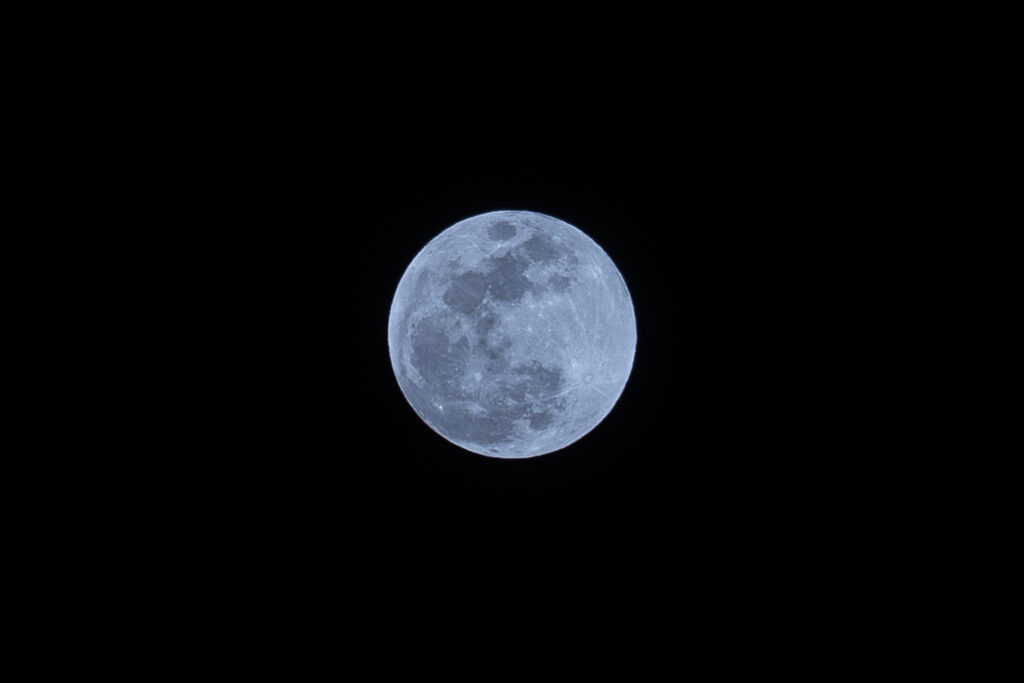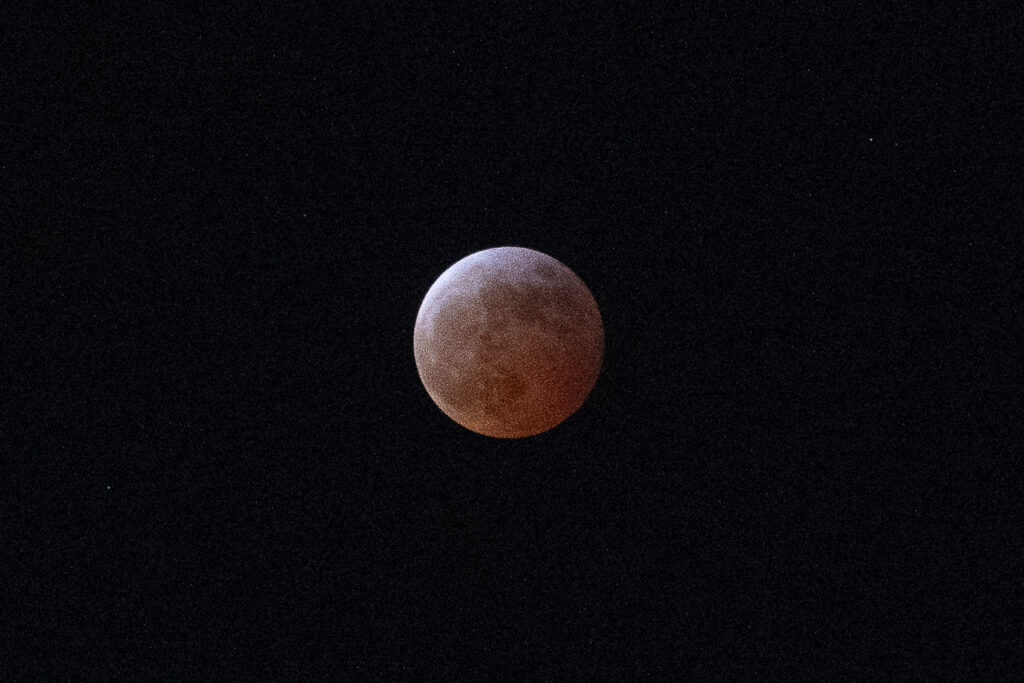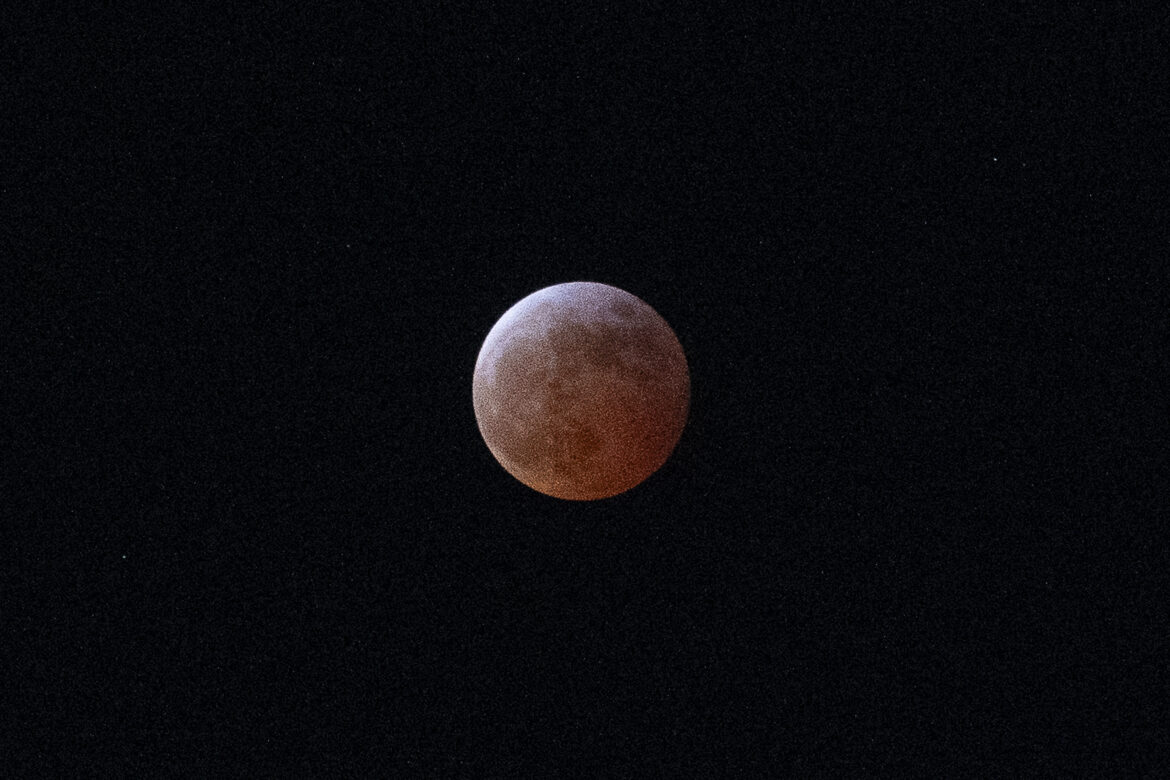
As the cold winter night began to set and the Moon was bright, the Physics and Planetary Sciences Department hosted a lunar eclipse viewing. Students and faculty were invited to view the eclipse on Thursday, March 13. The first half of the event revealed the eclipse as the shadow overcame the Moon, and the second half was the Moon turning into a hue of red, otherwise known as the Blood Moon.
Physics and Planetary Sciences Department professor Dale Field explained the exact movements of the moon and the movements of the eclipse, as well as why the Moon turns a red hue, otherwise known as the “Blood Moon”.
Fields said that the Moon would start looking fainter than it normally does as the eclipse begins to set in at roughly 10:09 p.m., and larger parts of the Moon would start to fade out, almost resembling a bite mark, as it goes deeper into the Earth’s shadow and by around 11 p.m., the red hue would set in.
“As we get to see some of the red light that is passed through the Earth’s atmosphere from every single sunrise and sunset simultaneously on Earth, this is passing that red light along to bounce off the moon and come back here to Earth,” Fields said.
Fields explained that the importance of the event is to provide a space for students to question and learn freely. The event provided telescopes for students to witness the moon’s phases and the transitions, encouraging students to witness science in real time.
“It feels like a lot of the time that the ability to ask questions is sort of scolded out of us when we’re kids, and we’re discouraged from trying to find out more,” Fields said. This is to make that happen. Getting a chance to have these kinds of events is a great reminder of all the things that are going on and all the things that we can figure out. That’s great for people at the stage of their education to realize this is something that can be done.”
For some students like anthropology major Luna Jones, events like the lunar eclipse was a way to make a community for their spiritual beliefs.
“Something like a full moon has a lot of power associated with it, and something known as planetary magic, which is a system of occult correspondences,” Jones said.
Architecture major Mada Azzuz shared that schools making witnessing scientific events such as the eclipse available is beneficial to students because it is not normally accessible.





